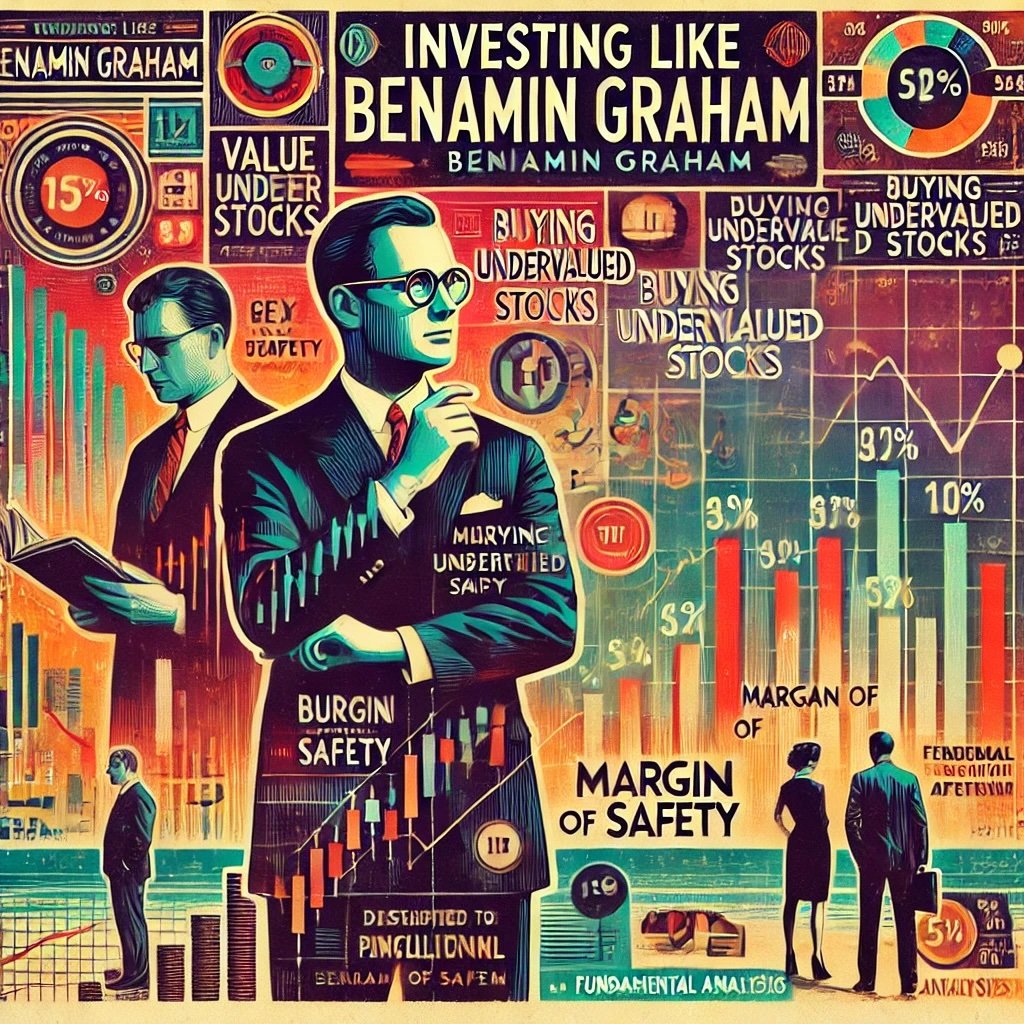In the vibrant landscape of the investment world, there are hidden gems that are as intriguing as they are valuable. They aren’t elusive or hidden under layers of complexity. Instead, they stand tall, shining brightly with their impressive track records and consistent performances. These gems are known as Dividend Aristocrats, the royalty of the stock market realm, and they hold immense significance for investors looking for steady income and stability.
Dividend Aristocrats are a rare breed. They are the ‘creme de la creme’ of companies listed on the S&P 500 index that have achieved a feat envied by many but attained by few. These are companies that have not just paid dividends but have consistently increased them for at least 25 consecutive years. That’s right, two and a half decades of consistent dividend increases, through economic boom and gloom, signifying stability, commitment, and a strong financial outlook.
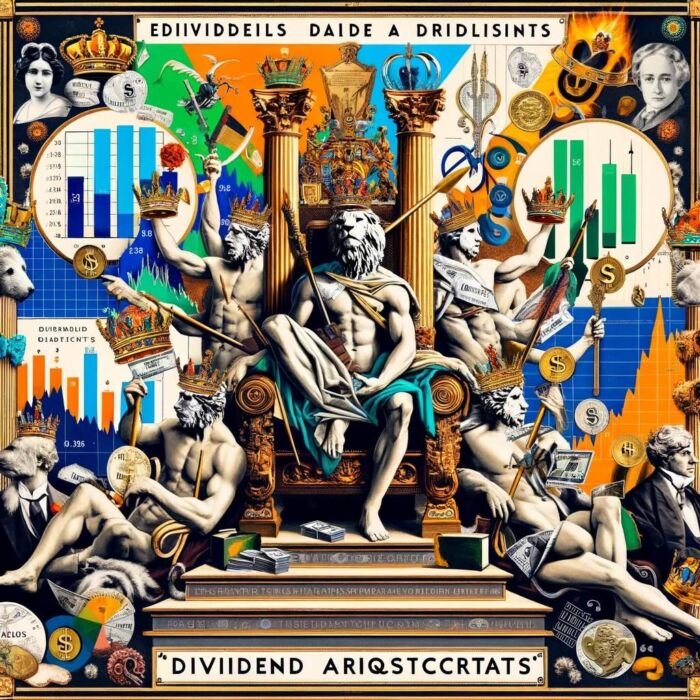
Dividend Aristocrat Status
Their aristocratic status is a testament to their resilience, financial discipline, and management prowess. It is akin to a gold standard in the realm of dividend-paying stocks, and these companies wear this badge with honor and pride. They are companies that have stood the test of time and have demonstrated an unwavering commitment to returning value to their shareholders.
From consumer goods giants to healthcare leaders, these companies span multiple sectors and industries, each carving its own unique story of financial success and steadfastness.
Understanding the Dividend Aristocrats and their role in the investing world is like acquiring a master key that opens numerous doors to potential investment opportunities. These companies serve as lighthouses in the stormy seas of the stock market, guiding investors towards safe harbors of stable returns. Whether you’re a retiree seeking a stable income stream, a young investor looking to grow your portfolio, or a seasoned investor hunting for a balance of growth and income, Dividend Aristocrats may have something to offer you.
As we embark on this fascinating exploration of Dividend Aristocrats, keep in mind the old saying – not all that glitters is gold. While Dividend Aristocrats hold immense potential, like any investment, they carry risks and are not a guaranteed path to financial success. Understanding them, their benefits, and the associated risks is key to making informed and effective investment decisions.
So, fasten your seatbelts as we dive deeper into the intriguing world of Dividend Aristocrats, and uncover why these companies matter in the grand scheme of your investment journey.

What are Dividend Aristocrats?

As we delve deeper into the realm of Dividend Aristocrats, it’s essential to familiarize ourselves with their royal decree – the characteristics and criteria that define them, and a brief journey through their historical lineage.
Definition of Dividend Aristocrats
In the world of investing, Dividend Aristocrats are akin to the knights of the round table – revered, respected, and held to a high standard. They are a select group of companies listed on the S&P 500 index, recognized for their exceptional track record of consistently increasing dividends. They are the ‘aristocracy’ of dividend-paying stocks, a title earned through years of demonstrating commitment, resilience, and stability.

Criteria for a company to be classified as a Dividend Aristocrat
Being part of the Aristocrat family is not a matter of chance but a product of stringent criteria, much like the strict tests of bravery and valor that knights had to pass. The foremost requirement is the ability to increase dividends every year for at least 25 consecutive years. But consistent dividends are just part of the equation. To qualify as an Aristocrat, a company must also be part of the S&P 500 index, ensuring it is among the largest and most stable companies in the U.S. market. Furthermore, they must have a minimum market capitalization of $3 billion and an average daily trading volume of $5 million. These criteria ensure that Dividend Aristocrats are not just consistent dividend payers but also sizable, liquid, and influential players in the market.
Brief history of Dividend Aristocrats
Tracing the lineage of Dividend Aristocrats takes us back several decades, to a time when the concept of dividends was still establishing its foothold in the investing world. The term ‘Dividend Aristocrats’ came into existence in the 1980s, a period characterized by a rising emphasis on dividends as a critical component of total return.
As companies began to see the value in not just paying but consistently increasing dividends, a new breed of corporations started to emerge. These were companies that were financially stable, had robust business models, and could weather economic downturns, maintaining, and even increasing, their dividend payouts year after year.
Over time, these companies, which initially started as a small group, began to increase in number. The impressive performance of these stocks during various market cycles, including recessions and bear markets, validated their resilience and highlighted their significance in providing steady income.
As we stand in the present day, Dividend Aristocrats continue to carry their legacy forward, symbolizing a perfect blend of corporate resilience, financial discipline, and shareholder value creation. They are a beacon of consistency in a market that is often defined by its volatility, a testament to their commitment and endurance. As we move forward, they will likely continue to evolve, adapt, and flourish, reinforcing their status as the ‘aristocracy’ of dividend-paying stocks.
source: Dividend Date on YouTube

Why Dividend Aristocrats Matter
Now that we’ve unpacked the fundamentals and explored the origins of Dividend Aristocrats, it’s time to answer an intriguing question: Why do these blue-blooded stocks matter? Why should we, as investors, pay attention to these consistent dividend payers?
Proven Track Record of Stability and Performance
In the world of music, an artist with a string of chart-topping albums over several years is revered and respected. Similarly, in the investment arena, Dividend Aristocrats, with their track record of consistent dividends over a quarter of a century, command a similar respect.
This long-term record is like a testament to their stability and performance. It’s an indication that these companies have weathered various economic climates – from recessions and financial crises to periods of rapid growth – and yet, have managed to consistently increase their dividends. This ability to perform under different market conditions makes them a reliable investment option for those looking for consistency and stability.
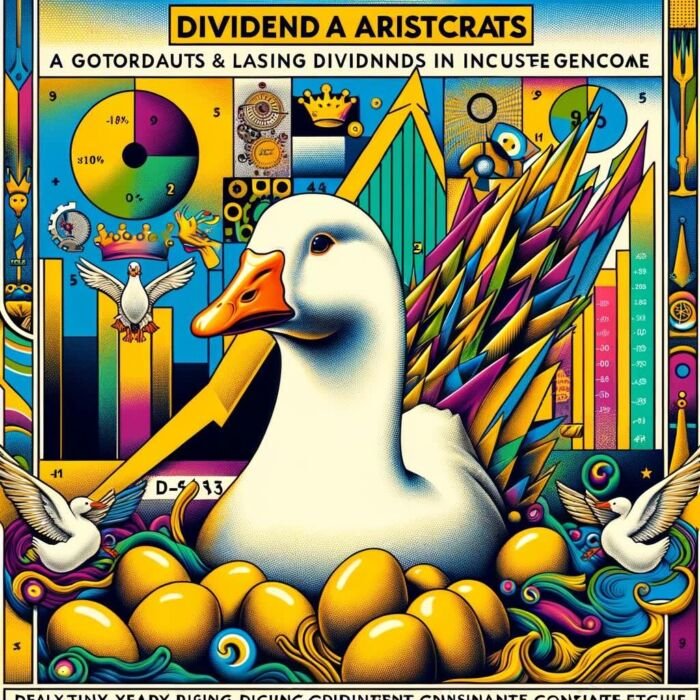
The Role of Dividend Aristocrats in Income Generation
Imagine having a golden goose that lays eggs consistently, year after year. That’s what Dividend Aristocrats can be in your investment portfolio – a steady source of income. Their yearly dividend increases mean that the income generated from these stocks can potentially rise every year, a feature especially attractive to income-focused investors such as retirees or those seeking a steady cash flow from their investments.
Dividend Aristocrats as a Sign of Corporate Health
Increasing dividends consistently for 25 years or more is no mean feat. It indicates that a company is doing well financially – it has steady profits, a strong cash flow, and is confident about its future prospects. Thus, being a Dividend Aristocrat can be viewed as a sign of corporate health, strength, and resilience. It signals that the company has a sound business model, competent management, and a strategy that ensures its financial well-being, which are crucial considerations for any investor.
Dividend Aristocrats and Portfolio Diversification
No investment conversation is complete without the ‘D-word’ – Diversification. Including a variety of asset classes, sectors, and types of stocks in your portfolio is an essential strategy to manage risk. Here, Dividend Aristocrats can play a significant role.
Because Dividend Aristocrats span multiple sectors and industries, including them in your portfolio can provide a layer of diversification. Moreover, their stability and consistent performance can balance out the potential volatility of other high-growth but potentially riskier investments.
The prowess of Dividend Aristocrats is, therefore, much more than their aristocratic status or their impressive history. They symbolize reliability, financial health, consistent income, and diversification – qualities that hold a certain allure for any investor. They are more than just stocks; they are the embodiment of a financially sound and enduring strategy, that has stood and continues to stand the test of time.
source: Chris Invests on YouTube

Examples of Dividend Aristocrats
To truly appreciate the allure and impact of Dividend Aristocrats, let’s step into their royal court and meet some of these distinguished members. While the court of Aristocrats has many members, we’ll focus on a few illustrious examples that embody the essence of what it means to be a Dividend Aristocrat.
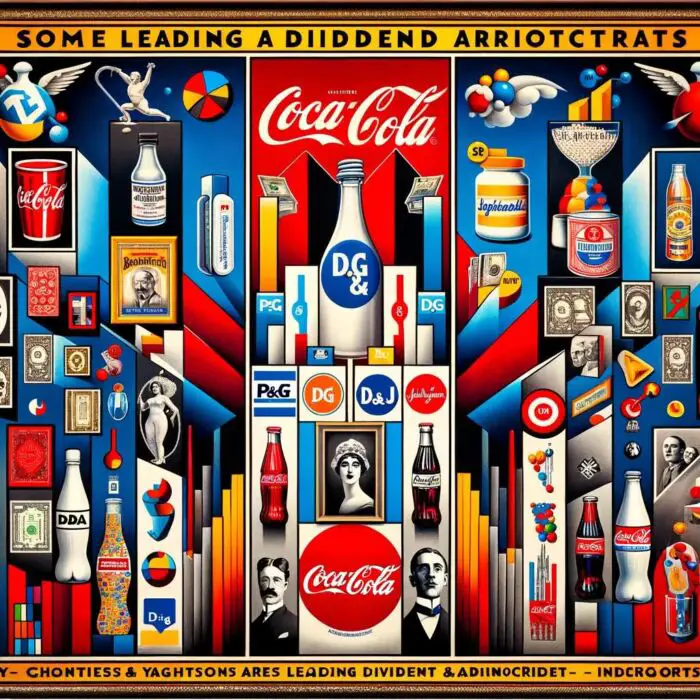
Highlighting Some Leading Dividend Aristocrats
- Procter & Gamble: The consumer goods giant is a prime example of a Dividend Aristocrat. With its strong portfolio of household brands and a history of dividend increases stretching back more than six decades, P&G is a beacon of consistency and stability in the market.
- Johnson & Johnson: The healthcare behemoth has been dispensing healthy dividends along with its healthcare products for many years. J&J’s consistent dividend growth reflects its robust business model and the defensive nature of the healthcare industry.
- Coca-Cola: No list of Dividend Aristocrats would be complete without mentioning this beverage titan. Coca-Cola has been quenching the thirst of investors with its consistent dividends, which it has increased annually for over half a century.
Analysis of Their Dividend History and Performance
- Procter & Gamble: P&G’s dividend history is as impressive as its diverse product portfolio. With over 60 years of consecutive dividend increases, the company has shown a remarkable commitment to returning value to its shareholders. Its dividend yield, often hovering around the 2-3% mark, coupled with its long history of payouts, makes it a desirable stock for income-focused investors.
- Johnson & Johnson: Known for its wide array of healthcare products, J&J has a similarly healthy dividend history. The company has increased its dividend annually for almost six decades, showcasing its resilient business model and financial strength. Its dividend yield is generally competitive, often in the 2-3% range, further enhancing its appeal to dividend investors.
- Coca-Cola: The beverage giant has a fizzing track record when it comes to dividends. Coca-Cola has a history of more than 50 years of consecutive dividend increases, reflecting its brand strength and global reach. It typically offers a healthy dividend yield, often surpassing the 3% mark, which along with its history, makes it a popular choice among dividend investors.
These illustrious examples reflect the power of Dividend Aristocrats. Their consistent track records of dividend increases serve as a testament to their financial stability, resilience, and commitment to shareholder value creation. They showcase how these companies, through their dividends, provide a steady stream of income for investors while also highlighting their strong business models and financial health. They truly embody the aristocracy of the investing realm, standing as symbols of consistency, stability, and performance.
source: Dividend Data on YouTube

Risks Associated with Dividend Aristocrats
While Dividend Aristocrats have much to commend them, investing in them, like all investment strategies, comes with its share of risks. After all, even the grandeur of aristocracy isn’t immune to the occasional upheaval. So, let’s put on our risk-assessment hats and explore some of the potential pitfalls associated with investing in these dividend titans.
The Potential for Slower Growth Compared to Non-Dividend Stocks
Like a mature, stately oak tree, Dividend Aristocrats, tend to grow slowly and steadily rather than shooting up rapidly like a young sapling. Companies that consistently increase their dividends are often mature and stable, which means their days of rapid growth may be behind them.
While these companies are great for providing consistent income, they might not provide the capital appreciation potential of younger, faster-growing companies. Investors seeking higher returns in a shorter time frame might find Dividend Aristocrats’ growth pace somewhat lacking.
The Possibility of Dividend Cuts
Although Dividend Aristocrats have a solid track record of consistently increasing dividends, there’s no guarantee that they will always be able to do so. Economic downturns, industry disruptions, or company-specific issues could lead to reduced profits and cash flows, forcing a company to cut or even eliminate its dividend.
Take the COVID-19 pandemic, for example. This unprecedented crisis led to a significant disruption in many industries, and even some Dividend Aristocrats found it challenging to maintain their dividend levels. Therefore, while the risk is generally lower with Dividend Aristocrats, the possibility of a dividend cut is a risk that investors need to consider.
Overexposure to a Specific Sector
While Dividend Aristocrats span multiple sectors, some sectors tend to be more represented than others. For instance, consumer staples and industrials have a substantial representation in the Dividend Aristocrats list. An investor focusing too heavily on Dividend Aristocrats may inadvertently expose their portfolio to sector-specific risks.
If a particular sector goes through a downturn, it could significantly affect the performance of the Dividend Aristocrats within that sector, thereby impacting the overall portfolio returns. Therefore, investors need to be mindful of their portfolio’s sector allocation even when investing in diversified assets like Dividend Aristocrats.
While these risks do exist, it’s important to remember that risk and return are two sides of the same coin in the investment realm. Understanding and managing these risks is crucial to making the most of the potential benefits Dividend Aristocrats have to offer. Therefore, a balanced approach that considers both the positives and potential negatives is the key to successfully incorporating Dividend Aristocrats into one’s investment strategy.
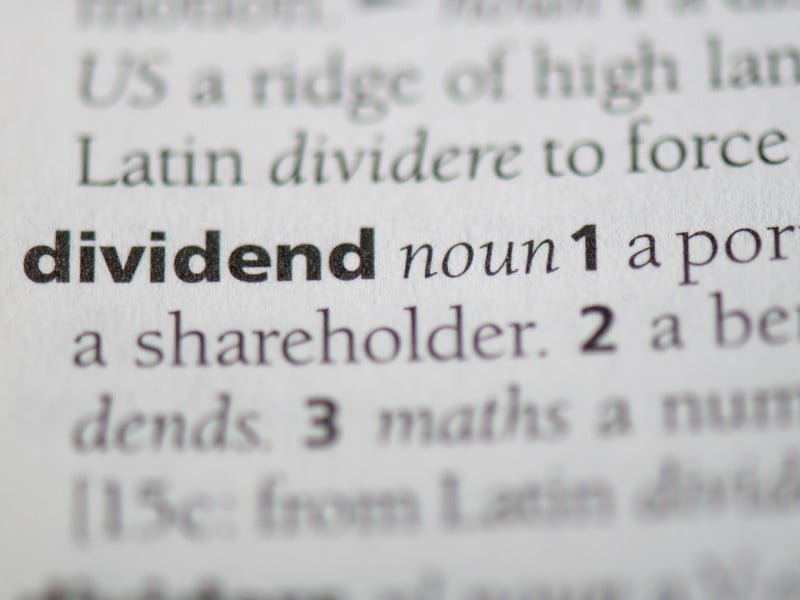
How to Invest in Dividend Aristocrats
The world of Dividend Aristocrats can be enticing with its promise of stable returns and consistent growth. But how does one gain entry into this aristocratic circle? There are several routes to take, each with its own charms and challenges. Let’s take a stroll down each path to understand how you can invest in these dividend champions.
Direct Investment Through Stock Purchase
The most straightforward way to invest in Dividend Aristocrats is by buying their shares directly on the stock exchange. Think of this as getting a personal invitation to the aristocratic ball. You’re investing directly in the company of your choice, reaping the full benefits of their dividend payments.
However, this approach requires a solid understanding of the stock market, the ability to analyze individual companies, and the readiness to monitor your investment regularly. Direct investing allows you to hand-pick your Dividend Aristocrats, which can be both exciting and daunting. Therefore, this approach is best suited for investors who are comfortable researching and selecting individual stocks.
Indirect Investment Through ETFs or Mutual Funds Focused on Dividend Aristocrats
If hand-picking stocks feels like too much work, or you’re looking for a more diversified exposure, you might prefer the indirect route – investing in Dividend Aristocrats through ETFs or mutual funds. This method offers the advantage of diversification, as these funds typically hold a basket of Dividend Aristocrats, thereby spreading the risk across multiple companies.
Moreover, ETFs and mutual funds are managed by professional fund managers, which can be a relief for investors who’d rather not navigate the investing landscape themselves. One popular example is the S&P 500 Dividend Aristocrats ETF, which tracks the Dividend Aristocrats Index. Investing in such funds can be a smart way to gain broad exposure to these high-quality dividend-paying stocks without having to analyze each one individually.
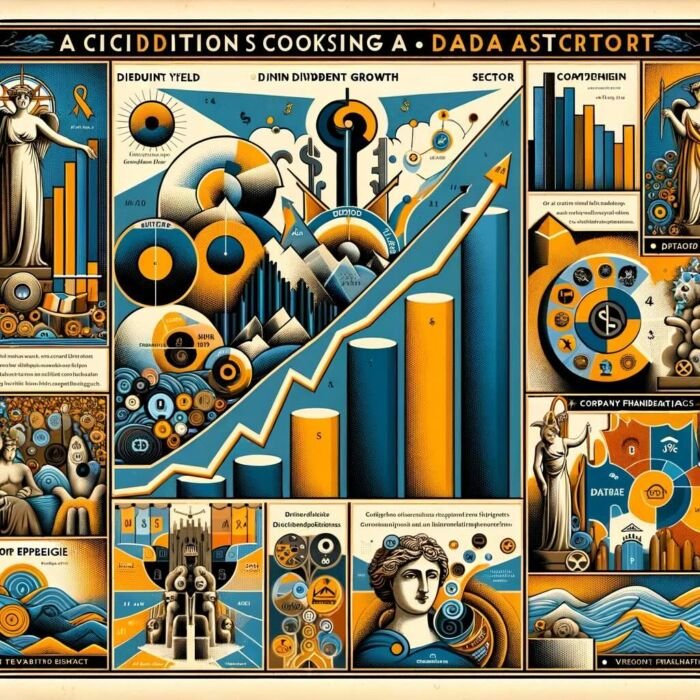
Considerations When Choosing a Dividend Aristocrat for Investment
Choosing the right Dividend Aristocrats to invest in is much like picking the best guests to invite to your royal banquet. It requires careful consideration and a keen eye for potential. Here are a few things to consider:
- Dividend Yield: While all Dividend Aristocrats offer attractive dividends, their yields can vary. The dividend yield – a company’s annual dividend payout divided by its stock price – can give you an idea of the income you might earn for each dollar invested.
- Dividend Growth: The aristocratic status comes from consistent dividend growth, but the rate of growth can differ between companies. Look for companies with a history of robust dividend growth as it could signify financial health and potential for future increases.
- Sector Exposure: As mentioned earlier, some sectors dominate the Dividend Aristocrats list. Ensure your portfolio maintains a healthy balance and doesn’t become overly reliant on a single sector.
- Company Fundamentals: Always review the company’s fundamentals. How strong are its finances? How stable is its industry? Does it have a sustainable competitive advantage? A company might be a Dividend Aristocrat, but that doesn’t automatically make it the right fit for your portfolio.
Whether you choose to rub shoulders directly with the aristocrats or prefer to mingle with them through ETFs or mutual funds, remember that every investing journey should start with a well-thought-out plan. And as you embark on this journey into the aristocratic world of dividends, may your portfolio grow as steadily and surely as the dividends of these respected companies.
source: Shankar Nath on YouTube
12-Question FAQ: Dividend Aristocrats — What They Are and Why They Matter
What are Dividend Aristocrats?
Dividend Aristocrats are S&P 500 companies that have raised their cash dividends every year for at least 25 consecutive years. They’re typically large, profitable, and disciplined about returning capital to shareholders.
What are the exact inclusion criteria?
While the index administrator can refine rules over time, core criteria generally include:
S&P 500 membership
25+ years of uninterrupted annual dividend increases
Minimum size and liquidity thresholds (e.g., multi-billion-dollar float-adjusted market cap and meaningful average daily trading value)
These screens help keep the list seasoned, liquid, and investable.
How are Dividend Aristocrats different from Dividend Kings?
Dividend Kings have 50+ years of raises and aren’t limited to the S&P 500; Aristocrats require 25+ years and must be in the S&P 500. Kings are a stricter longevity club; Aristocrats are a broader, rules-based index cohort.
Why do Dividend Aristocrats matter to investors?
They combine income reliability with a track record of resilience through cycles. For many investors, that means steadier cash flow, lower earnings volatility, and attractive risk-adjusted returns versus chasing yield alone.
What are the main benefits of owning Dividend Aristocrats?
Growing income that may outpace inflation
Quality tilt (stable cash flows, prudent capital allocation)
Defensive characteristics in drawdowns
Behavioral edge—automatic raises can help investors stay the course
What are the key risks?
Slower growth than high-fliers in bull markets
Valuation risk (quality can get expensive)
Dividend cut risk (rare but possible in severe stress)
Sector concentration if you don’t diversify beyond traditional dividend sectors
How should I evaluate an Aristocrat before buying?
Focus on payout sustainability and growth capacity:
Payout ratio vs. free cash flow
Balance sheet strength (debt/EBITDA, interest coverage)
Earnings quality and cyclicality
Competitive moat and pricing power
5–10-year dividend CAGR vs. revenue/FCF growth
What role can they play in a portfolio?
Use them as a core equity income sleeve to anchor volatility, complementing growth, international, small-cap, or alternatives. For retirees, they can be a base for rising cash flow; for accumulators, reinvested dividends compound share count.
Should I buy individual Aristocrats or use an ETF?
Individual stocks: higher control, potential tax-loss harvesting, but more research/time.
Index ETF/Mutual fund: instant diversification and systematic rebalancing, but with fund fees and less customization.
How do taxes factor into the decision?
Qualified dividends may be taxed at preferential rates in many jurisdictions, but rules vary. Account location matters: tax-advantaged accounts can shelter income; taxable accounts may benefit from qualified-dividend treatment. Always check local tax law.
How often should I review or rebalance a Dividend Aristocrat allocation?
At least annually (semi-annually for active investors): verify dividend growth, payout coverage, leverage trends, valuation drift, and sector balance. Trim outsized winners, add to underweights, and replace names that no longer meet your quality bar.
What are practical red flags that a dividend could be at risk?
Payout ratio persistently > ~70–80% with weak FCF
Rising leverage and deteriorating interest coverage
Structural industry headwinds (losing moat, secular decline)
Management signaling reprioritization (e.g., urgent capex/M&A) without incremental cash generation

Conclusion: Dividend Aristocrats and their role in an investment portfolio
And so, dear reader, we come to the end of our journey through the aristocratic lands of the investment world – the land of the Dividend Aristocrats. We’ve explored their rich history, admired their steadfast commitment to shareholder value, and have learned about the paths that lead to their doorstep.
In recapitulation, Dividend Aristocrats are those noble companies with a history of 25 years or more of consecutively increasing dividends, offering a tempting blend of stable income and potential capital growth. Their resilience during economic downturns and their role as signifiers of corporate health and stability make them a valuable asset for any investment portfolio.
Yet, as attractive as Dividend Aristocrats are, they are not without their challenges. Slower growth compared to non-dividend stocks, potential sector overexposure, and the rare but painful possibility of a dividend cut, are risks that the prudent investor must keep in mind. Thus, while Dividend Aristocrats often command a central role on the investment stage, they should not perform solo. Diversification remains key to a balanced investment portfolio.

Dividend Champions
So, how does one join the esteemed company of these dividend champions? Whether you choose to invest directly in Dividend Aristocrats or prefer the diversified exposure offered by ETFs and mutual funds, the path you choose should align with your investment goals, risk tolerance, and financial situation.
And as with all investment decisions, the final piece of advice I offer you is this: research, research, and research some more. Do not dive into the aristocratic dividend pool without first checking the depth. Understand the companies you invest in, consider the dividend yield, growth, and the sector exposure, and always, always scrutinize the company fundamentals.
Remember, the realm of investing is not a kingdom handed on a platter but a land to be won with patience, knowledge, and a sprinkle of adventure. As you embark on your journey to discover the Dividend Aristocrats, may the road rise to meet you, and may your portfolio bloom with the consistency of these remarkable companies’ dividends. Safe travels, and happy investing!
Important Information
Comprehensive Investment Disclaimer:
All content provided on this website (including but not limited to portfolio ideas, fund analyses, investment strategies, commentary on market conditions, and discussions regarding leverage) is strictly for educational, informational, and illustrative purposes only. The information does not constitute financial, investment, tax, accounting, or legal advice. Opinions, strategies, and ideas presented herein represent personal perspectives, are based on independent research and publicly available information, and do not necessarily reflect the views or official positions of any third-party organizations, institutions, or affiliates.
Investing in financial markets inherently carries substantial risks, including but not limited to market volatility, economic uncertainties, geopolitical developments, and liquidity risks. You must be fully aware that there is always the potential for partial or total loss of your principal investment. Additionally, the use of leverage or leveraged financial products significantly increases risk exposure by amplifying both potential gains and potential losses, and thus is not appropriate or advisable for all investors. Using leverage may result in losing more than your initial invested capital, incurring margin calls, experiencing substantial interest costs, or suffering severe financial distress.
Past performance indicators, including historical data, backtesting results, and hypothetical scenarios, should never be viewed as guarantees or reliable predictions of future performance. Any examples provided are purely hypothetical and intended only for illustration purposes. Performance benchmarks, such as market indexes mentioned on this site, are theoretical and are not directly investable. While diligent efforts are made to provide accurate and current information, “Picture Perfect Portfolios” does not warrant, represent, or guarantee the accuracy, completeness, or timeliness of any information provided. Errors, inaccuracies, or outdated information may exist.
Users of this website are strongly encouraged to independently verify all information, conduct comprehensive research and due diligence, and engage with qualified financial, investment, tax, or legal professionals before making any investment or financial decisions. The responsibility for making informed investment decisions rests entirely with the individual. “Picture Perfect Portfolios” explicitly disclaims all liability for any direct, indirect, incidental, special, consequential, or other losses or damages incurred, financial or otherwise, arising out of reliance upon, or use of, any content or information presented on this website.
By accessing, reading, and utilizing the content on this website, you expressly acknowledge, understand, accept, and agree to abide by these terms and conditions. Please consult the full and detailed disclaimer available elsewhere on this website for further clarification and additional important disclosures. Read the complete disclaimer here.



